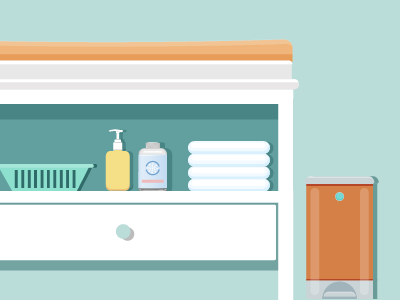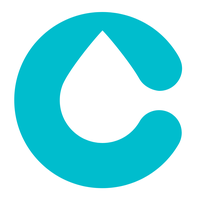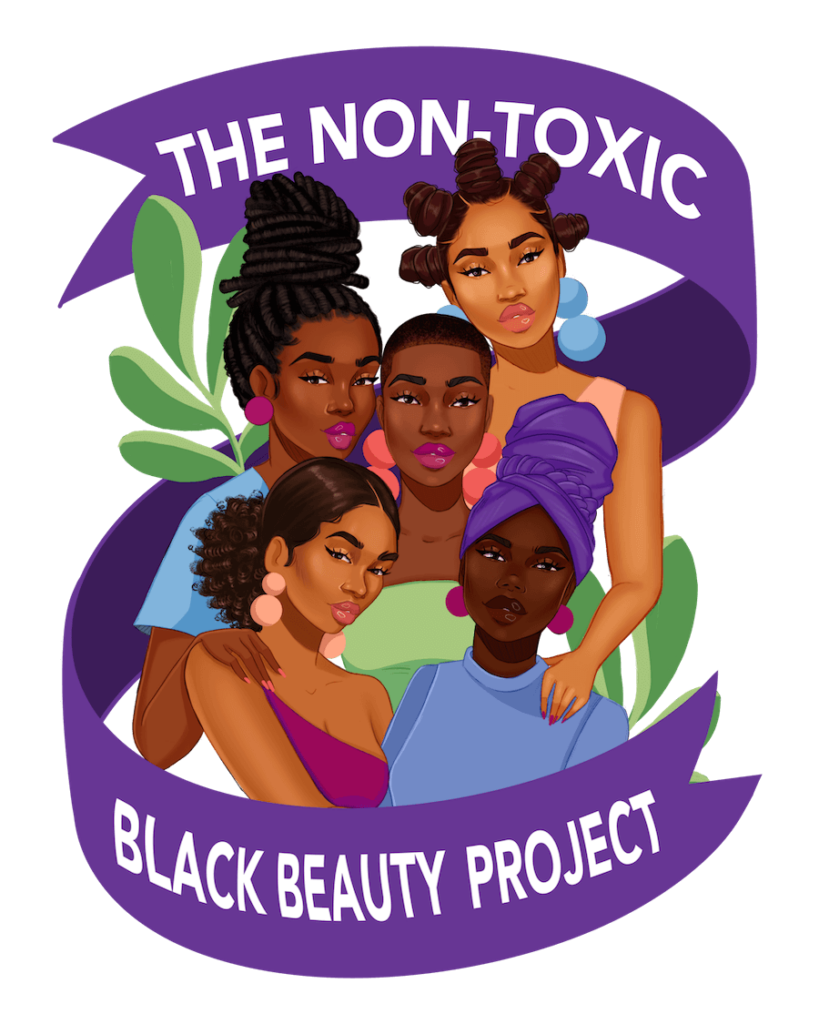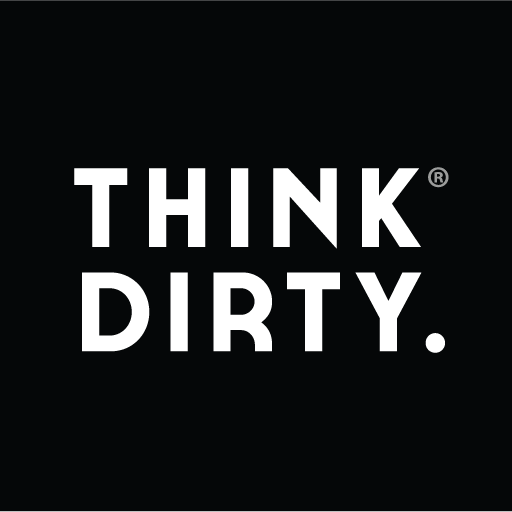Changing pads, cushions or mats—whether you’re at home or away—will never be far from your side during the early years of parenthood. Given how often you’ll use them, make sure they’re made of safe, non-toxic materials for you and your child.
What To Avoid

Flame retardants:Exposure to flame retardants, (particularly polybrominated diphenyl ethers, PBDEs) when babies are developing in the womb, and when children are young has been linked to poorer attention, lower fine motor skills, and lower IQs as well as a reproductive birth defect, Hypospadias. Research on whether or not these chemical additives effectively reduce flammability is mixed. Extra caution should be taken with older furniture and padding that is falling apart.

Formaldehyde:Formaldehyde can off gas from an array of household products, including materials used in construction, an array of wood-based furniture, and cleaning products. It is known to cause cancer including leukemia and cancers of the nose, throat, and sinuses. Choosing low or no VOC products can help reduce exposure in your home. Some air filters may also help reduce exposure, and improving air flow and ventilation in general can result in meaningful indoor air improvements.

Perfluorochemicals:Perfluorochemicals (PFCs) are added to fabrics for durability, stain, and wrinkle resistance. Exposure to PFCs may impact brain development, reproductive health, and the immune system.

Polyurethane foam:Often used for insulation or sound dampening, Polyurethane foam, a petroleum-based material, is made with chemicals that can irritate the lungs and skin. One of these chemicals, Toluene diisocyanate (tdi), may also contribute to cancer. When burned, polyurethane can have severe impacts on human health.

PVC:Often used for insulation or sound dampening, Polyurethane foam, a petroleum-based material, is made with chemicals that can irritate the lungs and skin. One of these chemicals, Toluene diisocyanate (tdi), may also contribute to cancer. When burned, polyurethane can have severe impacts on human health.
Safer Choices

Untreated fabrics:Organic cotton or wool materials without added synthetic chemicals. Note that wool is also naturally flame-resistant, meaning it will burn more slowly, if it catches on fire, than materials like cotton.

Latex:Latex (Natural rubber) as long as your child and other family members of the family do not have a Latex allergy.

PLA plastic:A few companies are starting to use polylactic acid (PLA) plastic as an outer covering on changing pads and mats. PLA can be better than petroleum-based plastics because PLA is made from fermented plant starch and is considered biodegradable. However, it is not a “perfect” alternative since it biodegrades slowly and is typically made of genetically modified corn.
Find Safer Products
Websites and Apps:
Clearya
Clearya is a free browser extension and app that notifies you when there are unsafe ingredients in your makeup, personal care, baby care, cleaning and other products, and helps you find safe products.
Clearya is a free browser extension and app that notifies you when there are unsafe ingredients in your makeup, personal care, baby care, cleaning and other products, and helps you find safe products.
Campaign for Safe Cosmetics - Nontoxic Black Beauty Project
They offer a list and database of non-toxic beauty products made and sold by Black-owned companies that are committed to toxic-free beauty and personal care products.
They offer a list and database of non-toxic beauty products made and sold by Black-owned companies that are committed to toxic-free beauty and personal care products.
Detox Me
This app allows you to scan barcodes on products to find relevant tips. They also offer a buying guide to decode product labels and find non-toxic alternatives.
This app allows you to scan barcodes on products to find relevant tips. They also offer a buying guide to decode product labels and find non-toxic alternatives.
Environmental Working Group (EWG)
EWG has a "Skin Deep" database that rates personal care and beauty products based on their safety and toxicity levels. EWG also offers a Healthy Living app that allows you to scan barcodes and find safer products.
EWG has a "Skin Deep" database that rates personal care and beauty products based on their safety and toxicity levels. EWG also offers a Healthy Living app that allows you to scan barcodes and find safer products.
Think Dirty
This app and website allow you to scan or search for personal care products to see their ingredient safety ratings.
This app and website allow you to scan or search for personal care products to see their ingredient safety ratings.





